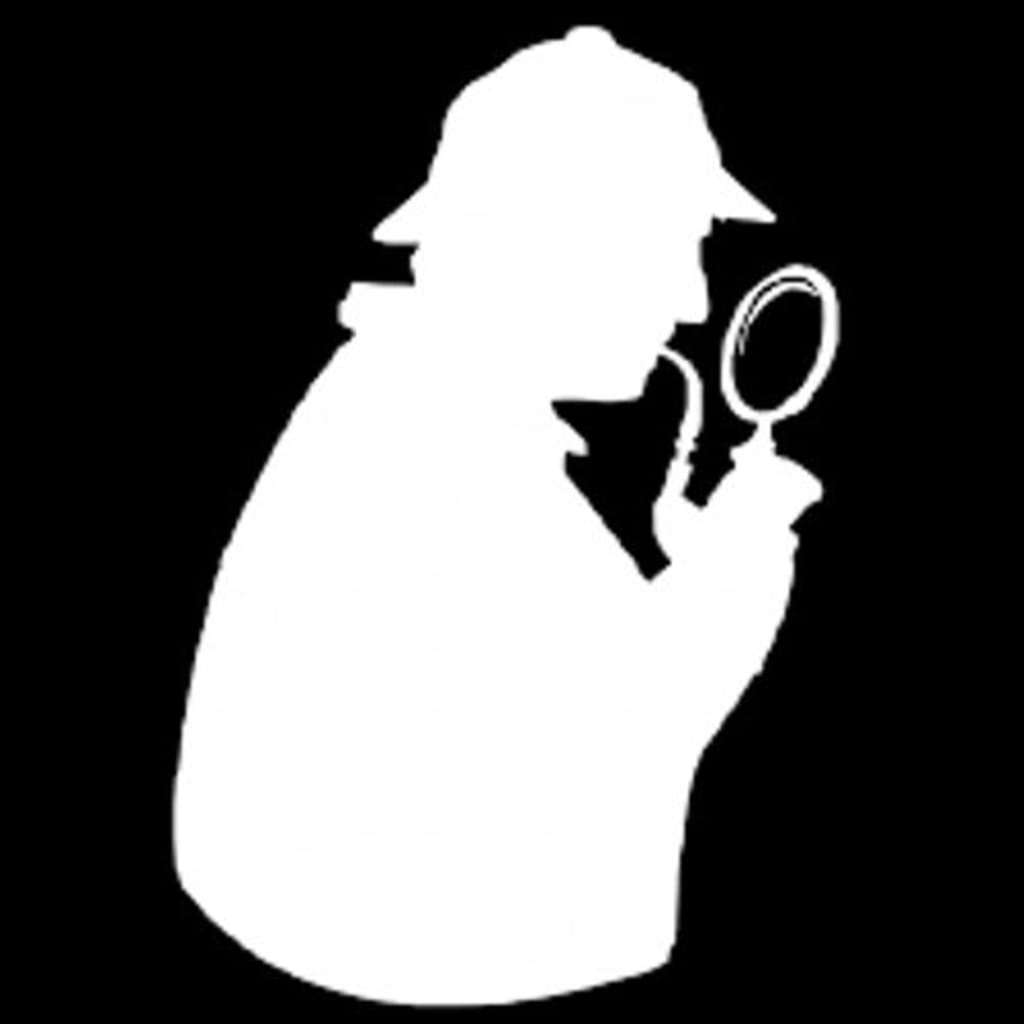
More than a century has passed since Sherlock Holmes first graced the fog-bound, gas-lit streets of Victorian London, yet his enduring legacy continues to captivate the collective imagination. Holmes stands as an icon, not just in the world of detective fiction but in the broader realm of popular culture. His distinctive wardrobe and accessories—the Inverness cape, the deerstalker hat, and the calabash pipe—have become synonymous with his character. Alongside these fashion choices, we encounter a cast of characters equally etched into our cultural psyche: his loyal friend and housemate, Dr. John Watson; his arch-nemesis, Professor Moriarty; and his unassuming housekeeper, Mrs. Hudson. The legend of Sherlock Holmes is also marked by his extraordinary powers of deduction, his notorious use of drugs, and his oft-quoted catchphrase, "Elementary, my dear Watson."
Yet, intriguingly, many of these iconic elements associated with Sherlock Holmes do not originate from Sir Arthur Conan Doyle's original stories. Doyle's great detective, while undoubtedly a master of deduction, employs a range of methods in solving crimes, sometimes speculating or even guessing, and occasionally making erroneous assumptions. Furthermore, Mrs. Hudson is a peripheral character in the original tales, and the famous phrase, "Elementary, my dear Watson," is conspicuously absent from Doyle's writings. Holmes and Watson, contrary to popular belief, do not share a single residence for a significant portion of their investigative careers. Professor Moriarty, the quintessential arch-villain, features prominently in only two of the stories. Holmes's drug use, a topic of fascination for many, becomes infrequent after the first two novels, and Holmes himself often operates outside the strict confines of the English legal system, preferring to mete out his own form of justice.
Surprisingly, several of the most recognizable elements of the Holmesian legend are not Doyle's creations either. The deerstalker cap and cape were first introduced by Sidney Paget, the original illustrator of the stories. The curved pipe, so often associated with Holmes, was chosen by American actor William Gillette to ensure his face remained visible on stage. The iconic phrase, "Elementary, my dear Watson," owes its existence to the wit of author and humorist P.G. Wodehouse. This raises a critical question: Who is the true Sherlock Holmes? Which portrayal of the great detective should we regard as the most authentic?
Purists might argue that the genuine Sherlock Holmes is the one inspired by Arthur Conan Doyle's university mentor, Dr. Joseph Bell. However, the reality is more nuanced. Despite Doyle's original vision, the character of Sherlock Holmes has been shaped and reshaped by countless interpretations, rendering the original version somewhat obscured. To truly understand the essence of Sherlock Holmes, one must navigate the vast landscape of interpretations and adaptations that have emerged over time.
Since the publication of Conan Doyle's first Holmes story in 1887, the great detective has undergone a staggering number of adaptations, making him perhaps the most adapted fictional character in the world. This transformative journey began with Victorian stage adaptations and gained momentum with the advent of film. In the first two decades of the 20th century alone, over a hundred film adaptations of Holmes stories were produced. Since then, Holmes has transcended literature, appearing in numerous print adaptations, as well as on film, television, stage, and radio. Holmes has been reimagined by creators from diverse backgrounds, resulting in interpretations that vary significantly and sometimes even contradict one another.
These adaptations underscore both the enduring popularity and the remarkable malleability of Holmes as a character. During World War II, Holmes featured prominently in Allied anti-Nazi propaganda films, reinforcing his status as a symbol of justice and intellect. Notably, both Winston Churchill and Franklin Delano Roosevelt were avid enthusiasts of Holmes, with Roosevelt even becoming a member of the Baker Street Irregulars, a Holmesian appreciation society. He affectionately referred to one of his secret service hideouts as "Baker Street." Yet, paradoxically, Holmes also appeared in German-language film adaptations during the same period, some of which were purportedly favored by Adolf Hitler.
So, who is the real Sherlock Holmes? The truth is that Holmes has transcended his literary origins and become a cultural palimpsest. He is a character continually rewritten and redefined as each new interpretation is layered upon those that came before it. This dynamic process means that Sherlock evolves continuously, embodying ideas and values often far removed from those found in Conan Doyle's original tales. With each new adaptation, Sherlock may acquire a fresh face, different mannerisms, or new catchphrases, yet he remains quintessentially Sherlock—the Sherlock that belongs to us all.
About the Creator
Enjoyed the story? Support the Creator.
Subscribe for free to receive all their stories in your feed. You could also pledge your support or give them a one-off tip, letting them know you appreciate their work.





Comments (1)
this is so amazing why cant you join my friends and read what I have just prepared for you?